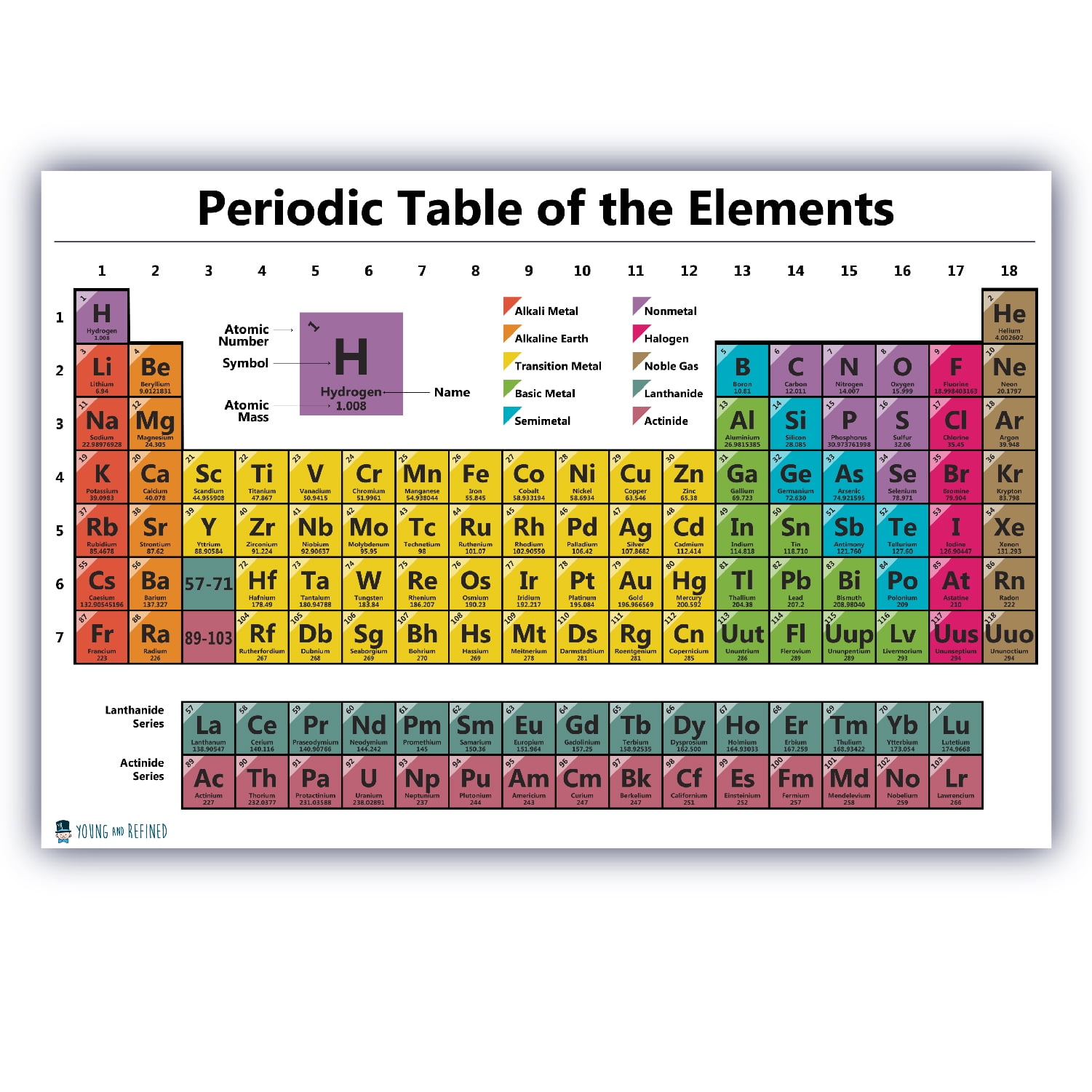

#Find name of element in list in r how to
It is a tabular arrangement of the elements by their chemical properties that usually uses abbreviated chemical symbols in place of full element names, but the linear list format presented here is also useful. plotly Extract Names of List Elements in R (2 Examples) In this article you’ll learn how to return the names of list objects in the R programming language.

The definitive visualisation of all 118 elements is the periodic table of the elements, whose history along the principles of the periodic law was one of the founding developments of modern chemistry.
#Find name of element in list in r movie
A chemical element, often simply called an element, is a type of atom which has the same number of protons in its atomic nucleus (i.e., the same atomic number, or Z). Complete the code on the right to create shininglist it contains three elements: moviename: a character string with the movie title. This is a list of the 118 chemical elements that have been identified as of 2023.


Two things to note about this function: It returns a Maybe a . We can find the index of the element by the following functions which () match () Method 1: by using which () which () function basically returns the vector of indexes that satisfies the argument given in the which () function. XElement root = text List of the 118 identified chemical elements The most general function for finding an element in a list that matches a given condition. For more information, see Namespaces overview. The following example shows the same query for XML that's in a namespace. This example produces the following output: Some text that's broken up into multiple segments.Įxample: Find when the XML is in a namespace To get a list of all the files and folders in a particular directory in the.
String str = textSegs.Aggregate(new StringBuilder(),ĭim textSegs As IEnumerable(Of String) = _ĭim str As String = textSegs.Aggregate( _ XElement root XElement.Parse(The following example shows how to find descendants with a specific element name. Sort the items of the list in place (the arguments can be used for sort customization, see sorted() for their explanation). The following block of code shows how to create a named list in R. Example: Find descendants with a specific element name As other R data structures, you can name your list element objects in order to identify or having an easier access to the elements. You could write code to iterate through all of the descendants, but it's easier to use the Descendants axis. Sometimes you want to find all descendants with a specific name.


 0 kommentar(er)
0 kommentar(er)
